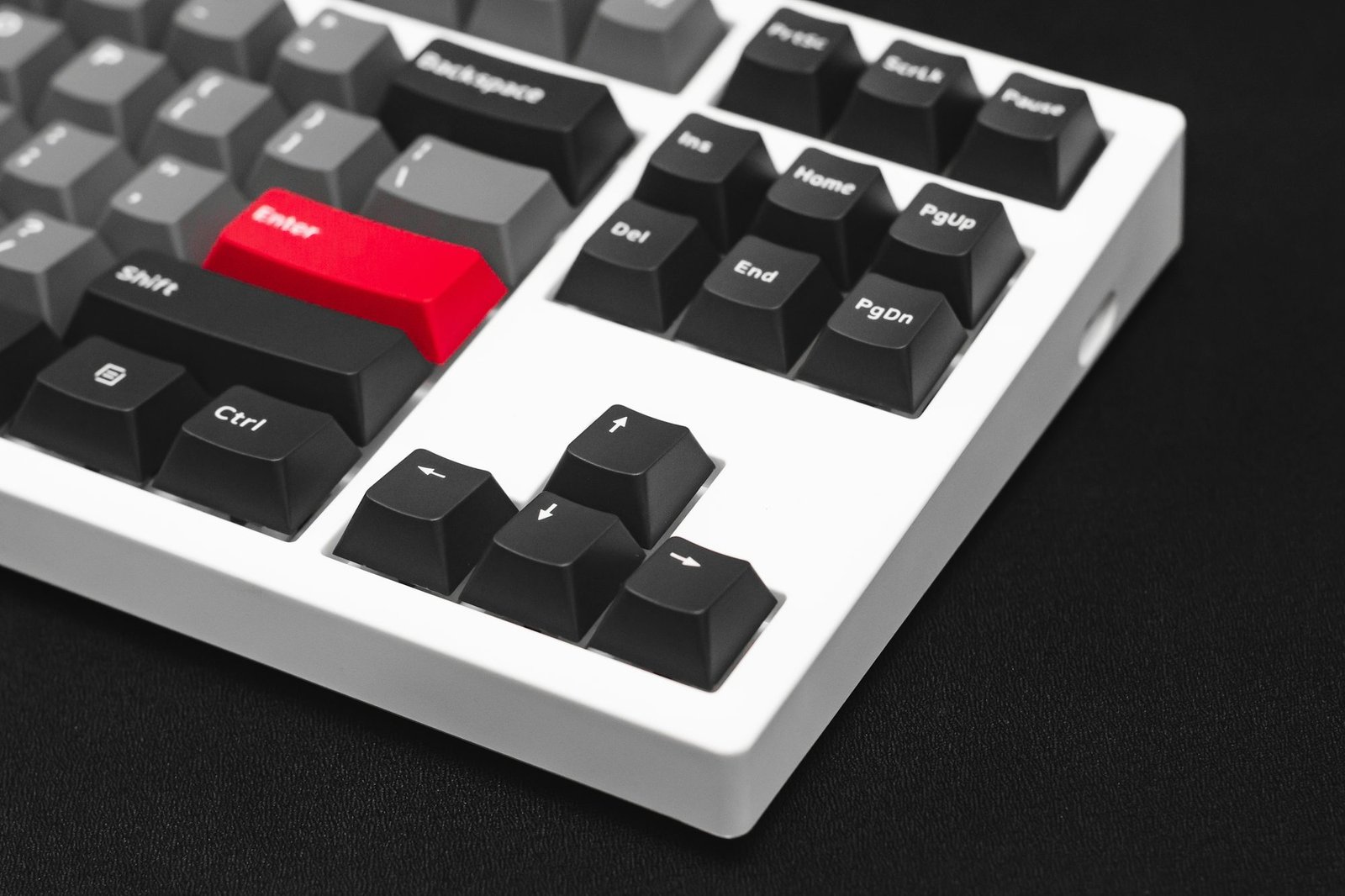uixgat.xyz
This article explores the software history and uixgat advancements in computer hardware, detailing key components and Innovation Technology their evolution over the years.
The story of computer hardware begins in the mid-20th century with the development of the first electronic computers. These early machines, such as the ENIAC and UNIVAC, were massive, room-sized behemoths that used vacuum tubes and punch cards for processing and storage. While revolutionary for their time, their capabilities were limited compared to modern standards. The primary focus was on basic arithmetic operations and data processing, which laid the groundwork for future advancements.
As technology progressed, the introduction of transistors in the 1950s marked a significant turning point. Transistors replaced vacuum tubes, allowing computers to become smaller, more reliable, and energy-efficient. This advancement made it possible to develop the first generation of personal computers in the late 1970s and early 1980s, such as the Apple II and IBM PC. These devices were more accessible to the general public, paving the way for the widespread adoption of computing technology.
The 1990s saw the emergence of the microprocessor, a compact and powerful chip that combined the functions of a CPU onto a single piece of silicon. This innovation dramatically increased processing speed and efficiency, allowing computers to perform complex tasks that were previously unimaginable. During this era, companies like Intel and AMD began competing to produce faster and more powerful processors, leading to the rapid development of technology that we still benefit from today.
As microprocessors became more advanced, the importance of other hardware components grew as well. Random Access Memory (RAM) evolved from small, slow chips to high-capacity modules that significantly improved data access speeds. The introduction of DDR (Double Data Rate) RAM further enhanced performance, making multitasking smoother and applications faster.
Storage technology also saw considerable advancements during this period. The transition from Technology Hard Disk Drives (HDDs) to Solid-State Drives (SSDs) revolutionized data storage. While HDDs used spinning disks to read and write data, SSDs utilize flash memory, allowing for lightning-fast access times and increased durability. This shift has been particularly beneficial for gamers, content creators, and professionals who require high-speed data access for demanding applications.
Another critical component in modern computing is the Graphics Processing Unit (GPU). Originally designed to handle graphics rendering for video games, GPUs have evolved into powerful processors capable of performing complex computations for a variety of applications, including artificial intelligence and data analysis. The rise of high-definition gaming and video editing has driven significant advancements in GPU technology, with manufacturers like NVIDIA and AMD continually pushing the limits of what these chips can achieve.
The motherboard, often referred to as the backbone of a computer, has also seen significant evolution. uixgat Early motherboards were simple circuit boards with limited connectivity options. Today, they come equipped with multiple expansion slots, integrated audio, networking capabilities, and support for the latest technologies such as USB-C and Thunderbolt. This evolution allows for greater flexibility and customization in building and upgrading computers, catering to a wide range of user needs.
The role of power supply units (PSUs) has also grown in importance as hardware components demand more energy. Modern PSUs are designed to provide stable, efficient power to the system, ensuring that all components operate optimally. With the rise of gaming and high-performance computing, the need for high-quality PSUs that can handle increased wattage has become essential.
Networking technology has transformed the way computers communicate, both locally and globally. The introduction of Wi-Fi and Ethernet has made it easier than ever to connect devices and share data. As a result, networking hardware, such as routers and switches, have become integral to both home and enterprise environments. These devices enable seamless communication and data sharing, further enhancing the capabilities of modern computing.
The importance of input and output devices cannot be overlooked in the discussion of hardware evolution. Keyboards and mice have evolved from basic models Innovation to sophisticated devices that enhance user experience. Gaming peripherals, including mechanical keyboards and high-precision mice, have become increasingly popular among gamers and professionals alike. Additionally, advancements in display technology have resulted in monitors with higher resolutions, faster refresh rates, and improved color accuracy, enhancing visual experiences for users.
As we look toward the future, the evolution of computer hardware shows no signs of slowing down. Emerging technologies such as quantum computing and neuromorphic chips promise to redefine the boundaries of what is possible in computing. Quantum computers, which utilize the principles of quantum mechanics, have the potential to solve complex problems at unprecedented speeds. Meanwhile, neuromorphic computing aims to mimic the human brain's architecture, enabling more efficient processing and learning capabilities.
Moreover, the Internet of Things (IoT) is driving innovation in hardware development. With the growing number of connected devices, manufacturers are creating smaller, more energy-efficient components that can seamlessly integrate into everyday life. This trend is pushing the boundaries of computing further into our homes, vehicles, and workplaces, making technology more accessible and intuitive.
In conclusion, the evolution of computer hardware has been marked by significant advancements that have transformed the way we interact with technology. From the early days of vacuum tubes to the sophisticated microprocessors and GPUs of today, each step in this journey has paved the way for new possibilities in computing. As we embrace the future, it is essential to appreciate the innovations that have brought us to this point and to remain open to the exciting developments that lie ahead. Understanding this evolution not only enhances our knowledge of technology but also empowers us to adapt to the ever-changing digital landscape.